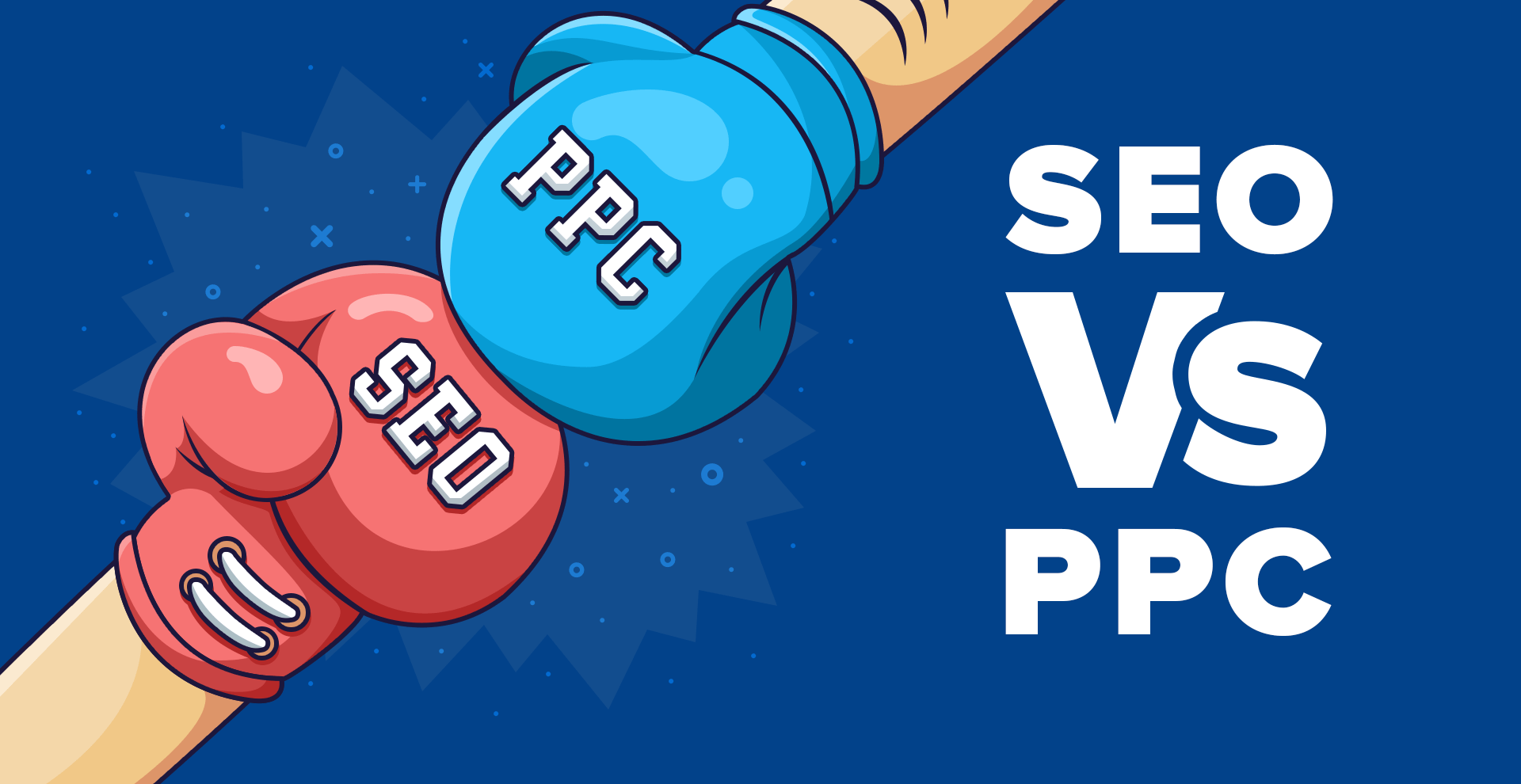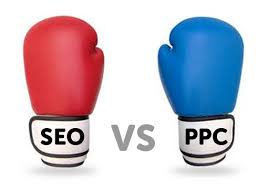Semalt: SEO vs. PPC

The worst problem of any website is getting clicks. These are the primary functions of websites, and without clicks on your website, you can call it useless. This is because your website is designed for visitors or viewers and not just to be able to say you have a website.
The sad reality is without websites; your business has a limited reach. There are a finite number of customers who will physically come to your building. With the internet, your business is open to the world. Your audience is by far larger than what you'll get in any city, state, or country. Because of this, at one point or the other, every business which hopes to grow must have a website.
The concept of the internet is similar to what we find in our everyday lives. Imagine building a lemonade stand right at a busy turn in your neighbourhood, but you aren't getting any customers. Not just that, but no one bothers to stop to enquire. This can be a bit demoralizing because you had this vision; you had a hope of very long ques, but instead, no one comes. This defeats the primary purpose of having the stand in the first place. We see significant similarity o how websites work where they are only useful or essential when they get viewed by visitors.
Semalt creates a top-notch first-page dominating website. To use all the options available, you need to consider all the possible legal ways to do this. Two main ways are organic and inorganic traffics. These are also called SEO and PPC ways of attracting viewers to your website.
The question then is which is better SEO or PPC?
PPC
All through the Semalt website, you'll read about how SEO can change your website for the best. However, you'll hardly see anything about PPC. This is because this type of traffic is mainly inorganic, which is best only if you have financial resources to keep pumping into the search engine to keep your website alive.
Semalt provides you with all the information you'll need concerning PPC in this article and how you can make the most out of it. So what is PPC?
PPC stands for Pay per Click, a model of internet marketing in which advertisers pay a fixed fee each time one of their ads is clicked. By this, you're buying visits to your site rather than attempting to earn those visits organically through the use of SEO techniques.
There are many forms of PPC; however, the most common is search engine PPC. It buys advertisers a place on the first page when someone searches for keywords common in the website. Whenever an ad is clicked, it sends visitors to your website, and you will have to pay the search engine a small fee for each click. If used properly, PPC the fee is insignificant to the benefits it provides the website. In other words, if you get it done right, you can only pay $3 for a click, but the click results in a $300+ sale. In such cases, were sure users wouldn't mind paying.
To ensure your money doesn't go to waste, a lot is involved in making sure your PPC campaign is successful. The process begins with researching and selecting the right keywords. Then you organize those keywords into well-organized campaigns and ad groups. And finally, you set up PPC landing pages that are optimized for conversions. Search engines reward and encourage advertisers who can create relevant, intelligently targeted pay-per-click campaigns by charging them less for each ad click. This means that if Google is pleased with your ads and landing pages because it satisfies the readers, google will charge you less, which means higher profits at lower costs. So if you want to start using PPC, it's important to hire Semalt to get it right and learn how to do it right.
Getting your PPC done the right way
What are Google Ads?
Google Ads is a popular PPC advertising system and probably the best in the world. The Ads platform enables businesses to create customer attracting ads that appear on Google's search engine and other affiliated platforms.
Google Ads operates on a pay-per-click model, in which you bid on keywords and pay for each click you get on your ads. Every time a string of keywords are searched, Google sorts through its pool of Ads to choose a set of winners to appear in its ad spot on its search results page. Google then determines its winners based on a combination of factors, which includes
- The relevance of their keywords
- The ad campaign
- The size of its keyword bits

One more important factor is the advertiser’s Ad Rank, a metric calculated by multiplying two key factors:
- The CPC Bid (the highest amount you as an advertiser is willing to pay)
- Quality Score (a value that calculates your click-through rate, relevance, and landing page quality).
This system allows winning advertisers to reach potential customers at a reasonable price. Seeing that the price is flexible gives every business a shot.
You can think of it as a kind of auction.
Conducting PPC marketing through Google Ads is particularly valuable because Google is the most popular search engine. This means your ads get seen by the most number of viewers. This gives your website a shot at getting some of the massive amounts of traffic Google gets, and therefore, your website gets to benefit and clicks to your ads. The frequency of how your ad appears depends on which keywords and match types you select. While the number of factors determines how successful your PPC advertising campaign will be, you can get the most out of it by focusing on:
- Keyword Relevance: Use relevant keywords for your PPC campaign.
- The Landing Page Quality: Your campaign doesn't end at getting visitors to click your link but also enjoying the content your website provides.
- Quality Score: In PPC, a good quality website also matters. Your keywords, landing pages, and PPC campaign all contribute to this. Advertisers with better Quality Scores benefit more ad clicks at lower costs.
- Creative: Your ads should be engaging and tempting to your viewers. And if you're advertising on a display network, you can use some tools to create a designer-quality ad that will demand clicks.
SEOs
SEOs is the organic way to getting your website to rank. They involve using Keywords, quality structure, links and many more features you can you will see if you read through the Semalt website. SEOs help search engine realize that your website carries valuable information that users will be interested in viewing. Keywords are probably the best part of SEOs because they are one guaranteed way to get traffic to your website. When users search for anything, Google relies on these keywords to identify which website and web pages provide the information its users are searching for.
Search engines value keywords for a bunch of reasons
They make their job easier: have you noticed that Google displays how long it took for them to find your search results? Speed is one important thing when using the internet. Search engines do not want to spend 20-30 seconds before they can find the appropriate results for a search; this is why they need keywords to be able to display results for their users quickly.
Accuracy: without keywords, search engines have no way of defining the purpose or function of websites. In the Semalt website, you will find a constant use of words like SEO, Services, and Keywords. These words help search engines understand that Semalt is a leading and a top-class SEO optimizing company. By using keywords, search engines display correct or closely related results. Without them, search engines would have had to rely on guesses to display the result, which wouldn't function properly.
Semalt helps your website by putting the right things in the right places. This enables your visitors and search engine crawlers to move through your website easily. This feature can be the last element you're missing when you try to get your website ranked. But no matter how good your SEO keyword use is, your website still won’t be easy to find if it isn’t structured correctly.
Over the years, Semalt has developed valuable experiences by working with many clients and websites. Through these years, it has become common to find websites that make fantastic use of SEO keywords. But these websites would never get any traffic or clicks, which is a problem for website owners.
When you strip a website of all its elements, you have the keywords as the skeleton of every website.
Google’s algorithm relies on the information it collects from search inputs and uses this data to rank your site. To get ranked as the best or one of the best, Google looks at the behaviour of its users towards your websites. It has been noticed that for a well-structured website, visitors tend to stay longer on the site, and a poorly structured site sends your viewers away.